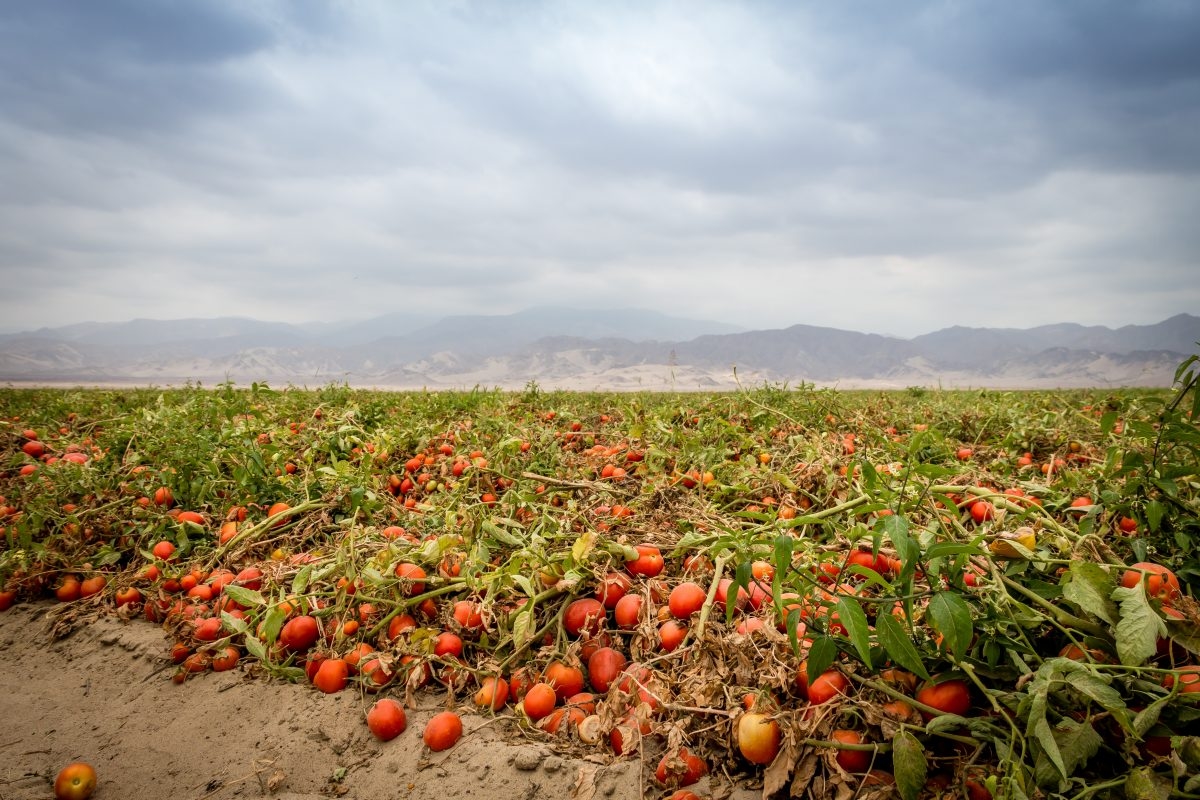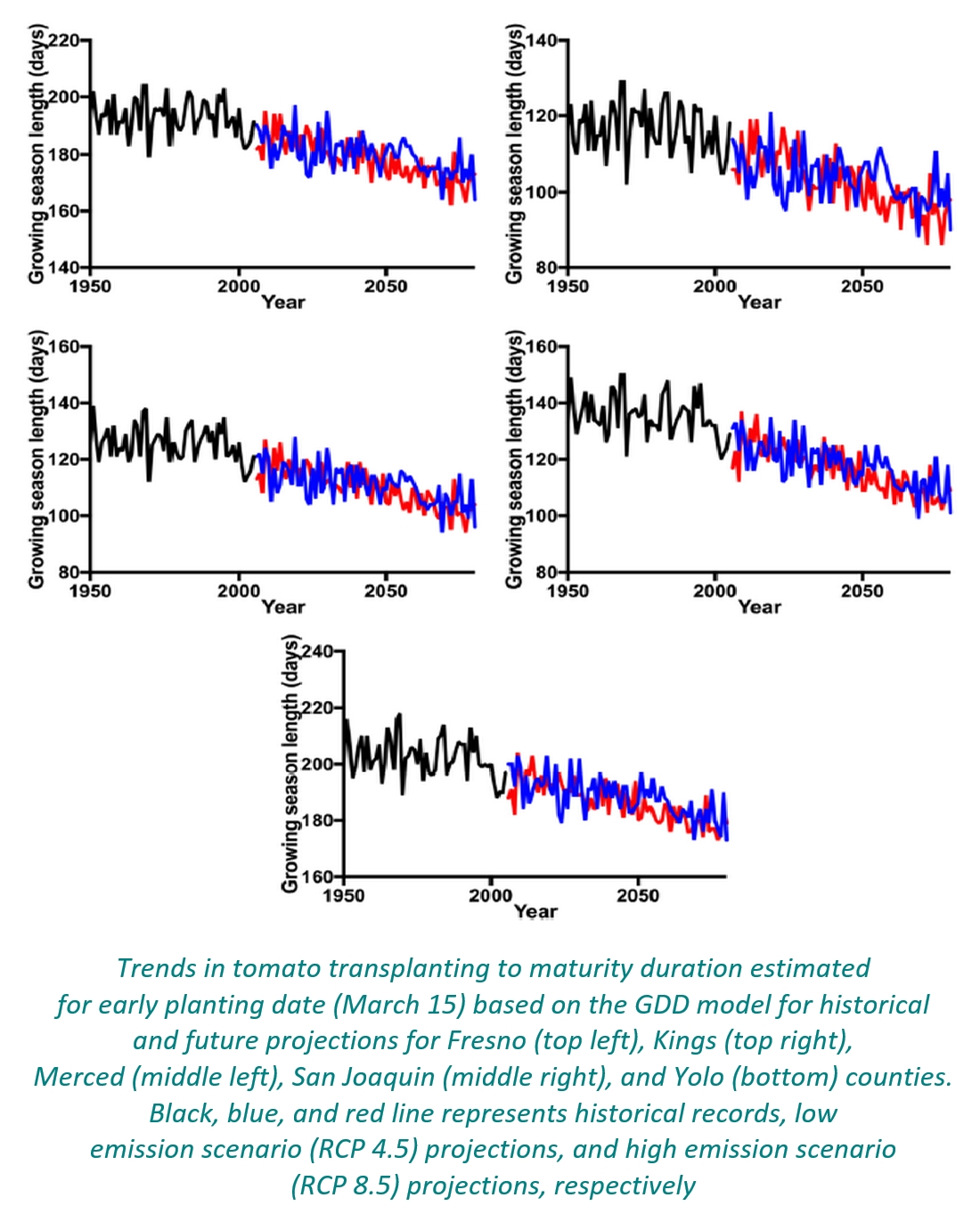Respect for your privacy is our priority
The cookie is a small information file stored in your browser each time you visit our web page.Cookies are useful because they record the history of your activity on our web page. Thus, when you return to the page, it identifies you and configures its content based on your browsing habits, your identity and your preferences.
You may accept cookies or refuse, block or delete cookies, at your convenience. To do this, you can choose from one of the options available on this window or even and if necessary, by configuring your browser.
If you refuse cookies, we can not guarantee the proper functioning of the various features of our web page.
For more information, please read the COOKIES INFORMATION section on our web page.


 “We looked at the data all the way starting from 1950, into the future by 2030-2040 and see how the time of maturity is changing,” said Tapan Pathak, who serves as cooperative extension specialist in climate adaptation in agriculture at the University of California Division of Agriculture and Resources and UC Merced. “What we saw is, in general the time from emergence to maturity, the timeframe for processing tomatoes in that region, is going to shrink down almost by two to three weeks.”
“We looked at the data all the way starting from 1950, into the future by 2030-2040 and see how the time of maturity is changing,” said Tapan Pathak, who serves as cooperative extension specialist in climate adaptation in agriculture at the University of California Division of Agriculture and Resources and UC Merced. “What we saw is, in general the time from emergence to maturity, the timeframe for processing tomatoes in that region, is going to shrink down almost by two to three weeks.” One aspect that was not evaluated in the study was how the change in the crops timeline for maturity will affect yield. Pathak noted that would be a good focal point for future research. “One thing we didn’t look in this research was how the shift in the growing season, the emergence to maturity and shrinking timeframe is going to have an impact on yields of tomatoes – that is one thing we haven’t studied yet”.
One aspect that was not evaluated in the study was how the change in the crops timeline for maturity will affect yield. Pathak noted that would be a good focal point for future research. “One thing we didn’t look in this research was how the shift in the growing season, the emergence to maturity and shrinking timeframe is going to have an impact on yields of tomatoes – that is one thing we haven’t studied yet”.




























